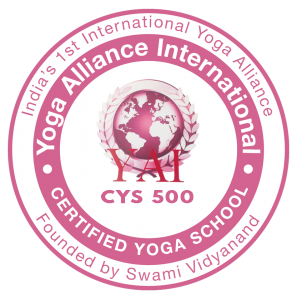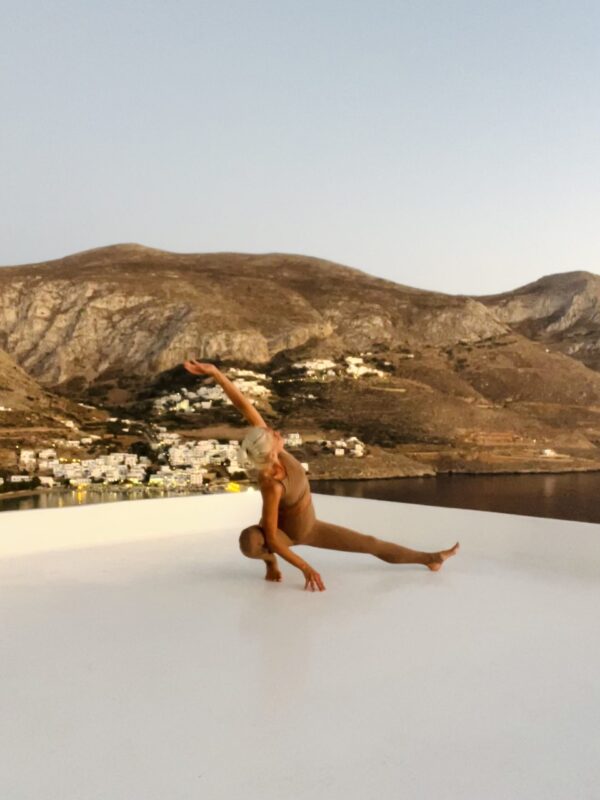Information


When going through a break-up, a loss of a loved one or any other experience which can affect your overall wellbeing, a gentle self-care approach is important. Take it slow and learn to connect with your body once again, to create stillness through the mind and finally to let go of judgement of pressure to bounce back to your energised self. The healing journey can be as slow or fast as you need it to be and learn to honour this. Whilst people around you can give you support or advice, they cannot feel how you feel. Stay true to yourself and give yourself time to go through it all and release it when you are ready. When you face the darkness, know that this is a part of your inner just how light also is. And to come back to the light and clarity, we must experience the darkness as it is, release it and connect back with that inner light.
Opening our heart is healthy and energising, but when we are going through tough times and a healing journey, we must be kind and gentle. Sometimes it takes time to open ourselves to our vulnerability and expose our fears. So an asana practice that takes us through the steps of going inwards first, is good to start with. Through this process, we can connect back to our true self, the true essence of our soul. This sequence can be practiced at any time of the day, although during the morning is even more beneficial. As you wake up, giving attention to your mind, body and emotional self is part of a healthy daily routine which will create harmony for all part of the self before you start your day.

Balasana or child’s pose requires no physical effort although it plays an important role for our emotional and mental wellbeing. When we curl up in this asana, it’s like giving ourselves a nice big hug. During this asana, rest your forehead on the mat, and take your attention inward. First start with your breath, noticing its flow and rhythm without trying to control it. Observe what type of energetic feels this asana brings to you and allow them to just be. Whilst in balasana, create an intention for your practice and the day ahead. You can use an affirmation such as “I am a beautiful, vibrant soul and I open to release everything that no longer aligns with my highest self”. This affirmation will bring you to connect with your soul, your true essence and acknowledge that you are ready to let go of whatever is impeding you to live as your beautiful, vibrant soul.

Although this asana opens the heart centre, it does so in a way that we expose our vulnerability to ourselves and not outward. This creates a different energy shift than a backbend, which opens the heart space to the world. Extended puppy-pose releases tension from the shoulders, which are also part of Ahanata, the heart energy centre. There is a famous saying “We hold the weight of the world on our shoulders” and when this area feels tight and heavy, it can mean that we take on too much from others. The more we do this, our posture is affected and instinctually we begin to close off, shrugging the should and bringing them inward. Such postures can add to the feeling of low self-esteem, because the way we stand affects our overall state. Utthana shishosana also stretches the digestive organs and the stomach area. In this area, we store emotions which we are unable to process, or fears. When experiencing anxiety for example, the stomach is greatly affected and the release of cortisol will cause an unhealthy digestion and metabolism. This asana can also be practiced with a bolster under your chest, to provide you support.

In my opinion, baddha konasana is one of the most challenging yet effective asanas when going through a healing journey. This great hip opener may not require much physical strength, but activates our emotional and mental self to become aware of the great pressure we have stored in our hips and inner thighs. As you bring your elbows to the inner crease of your knees and begging to open the hips more, you will notice that you can continue to go further. Be still for a while whilst in this asana, and notice that if you give yourself some time, slowly, you will be able to open a little bit more and so on. It might not be in one, two or the next five practices. It might not happen for months, it really depends the time you require to let go. But eventually, one day you will release all that tension and blockage and you will experience the blessing of emotional freedom. As you come out of this asana, bring your hands to your knees and slowly bring the knees together, supported by your hands. Especially if you stayed here for a few minutes, be gentle as you come back with your legs together.

Wide angle seated forward bend is another asana that takes us inward, releasing tension from the back of the legs, & the hips. It’s important to work on the lower part of the body first as this is our foundation. If we can free this part and working on balancing Mooladhara, the root chakra, we can create a stronger, more grounded foundation. When we do so, whatever experiences we have or chaos we experience, we can still remain in balance. Start in staff pose, on your bottom with your upper body straight and your legs open, resting on the floor (add a block under your bottom if you are feeling really tight and tend to bend your knees). With an inhale, lift your arms up and slowly bring the upper part of your body to meet the lower. Allow yourself to stay here for a little bit, observe what is going on within with no reaction and come to listen to the sound of your own silence.